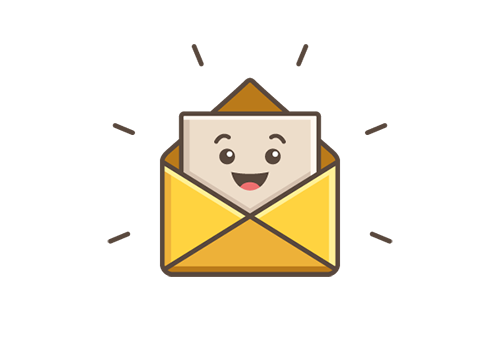As a blogger, you may have wondered when and how to add ads to your blog without turning off your readers. Advertising is a major source of revenue for most blogs, but it’s important to implement it strategically to maintain your blog’s growth and authority. In this post, we’ll explore different forms of blog advertising and discuss effective monetization strategies that won’t repel your readers.
The Mistake I Made
When I first started blogging three years ago, I made the common mistake of flooding my blog with numerous ads from different advertisers. As a result, many readers became annoyed. I quickly realized that this approach was counterproductive as it led to a small income and a decrease in readership. Instead, I decided to focus on creating valuable content and building a loyal readership.
Quality Over Quantity
Once I had a substantial readership, averaging around 3000 visitors per day, I strategically added a minimum number of ads to my blog. This approach enabled me to generate a significant income while maintaining the loyalty of my readers. The key to success lies in finding the right balance between ads and your readership.
Why Do Advertisers Choose Blogs?
Advertisers are looking to promote their products or services to potential customers. They are willing to pay for ad space on blogs with a significant number of potential customers. However, if your blog is only a week old and receiving minimal traffic from friends and fellow bloggers, you won’t attract advertisers.
Now, let’s explore how different advertising methods perform on a blog with 50 to 100 daily visitors.
1. Pay-Per-Click (PPC) Advertising
One of the most popular PPC advertising platforms is Google AdSense. AdSense pays you when someone clicks on the ads displayed on your blog. On average, you can expect to earn between €0.05 to €0.20 per click. Assuming you have 100 daily visitors, a 336×280 ads slot above your content may achieve a click-through rate (CTR) of 3%. This means you’ll generate around €0.60 per day, or approximately €18 per month.
However, it’s important to consider that initially, your blog’s readers will likely be people who already know you, and they may not click on your ads. In fact, some readers may find ads annoying, potentially hindering your blog’s growth. Is it worth repelling readers for a mere €18 per month? Not likely.
2. Cost-Per-Mille (CPM) Advertising
CPM ads pay you based on the number of times the ads appear on your site, regardless of clicks. Networks may claim that you can earn between $1 to $3 per 1000 impressions. However, the average payment is usually below that figure, typically around $0.50 per thousand impressions. Assuming you have 100 daily visitors, you’ll earn approximately $1.5 per month with CPM ads. However, filling your blog with unrelated ads may drive away potential subscribers.
CPM ads are most beneficial for high-traffic sites. I only began using this type of advertising once I reached over 5000 unique daily visitors.
3. Private Advertising
Private ads involve direct communication with the advertiser, eliminating any middleman commission. The amount an advertiser is willing to spend on your site per month depends on your blog’s niche. Some niche blogs with 100 daily visitors can attract advertisers if the niche is highly specific. However, blogs in crowded niches like new technologies may struggle to attract advertisers with such low traffic.
Private advertisers will only invest in blogs that can generate a substantial number of potential customers for them. Therefore, it’s wise to build your blog’s content and readership before considering monetization.
Conclusion
The key to effectively monetizing your blog without repelling readers is to prioritize quality content and grow your readership first. As the saying goes, “The Google Example” – focus on creating something truly valuable before thinking about monetization. By implementing ads strategically and maintaining a good balance, you can generate income without compromising your blog’s growth.

